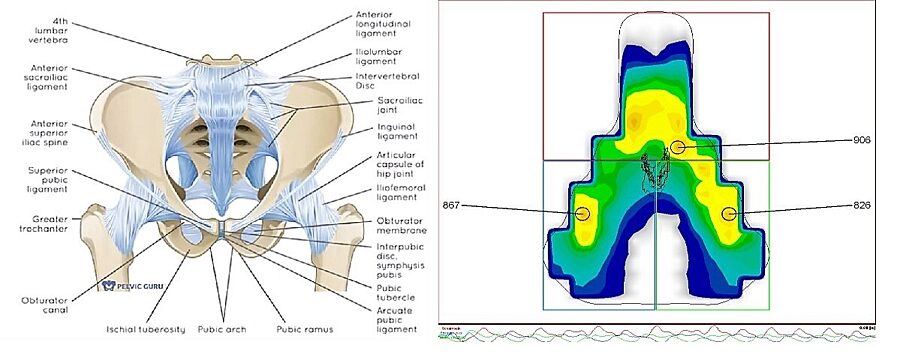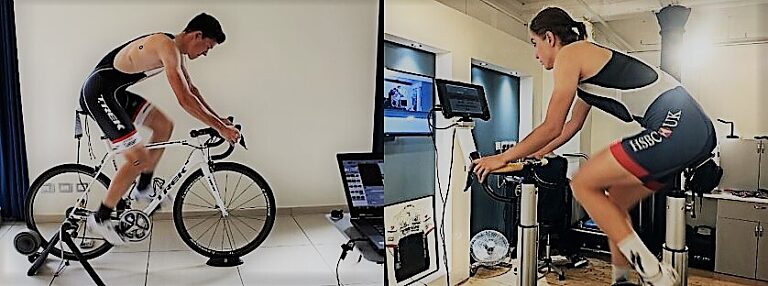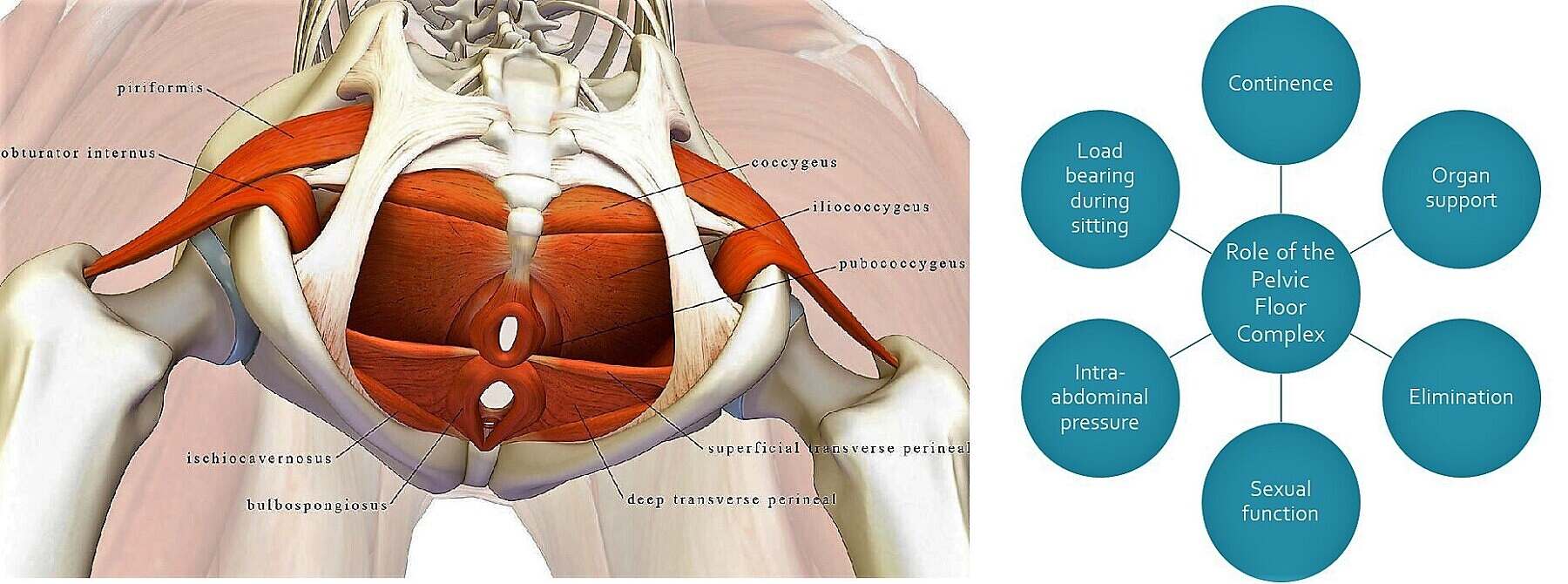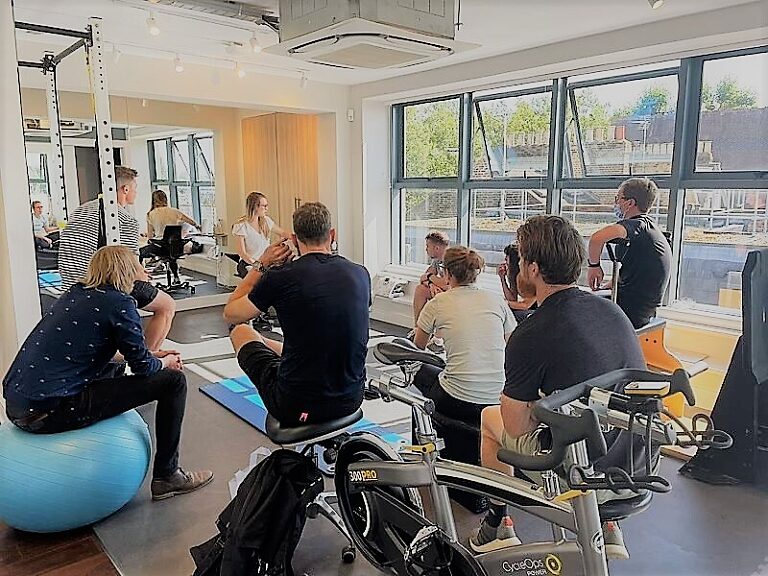Saddle Pressure or Pelvis Dysfunction?
There used to be an aphorism in physical therapy and podiatry channels - The Pelvis is King, The Foot is Queen and the Knee is the Slave. Sounds horribly clumsy now - but the idea was to think about the importance of forces transmitting upwards from the foot and downwards from the hip, to the big hinge-joint in the middle of your leg - your knee. Jo Gipson, Specialist Pelvic Health Physiotherapist at Beyond Health in Fulham broadens this theme out to the subject of pelvic floor dysfunction - in the sense that physios and bike-fitters - are very happy and therefore quick, to review quad, glut, core function - but seem to forget the role of the pivotal piece in the middle - the pelvic floor - in an athlete's general function and indeed well-being.
The Third Way
Where used to default to two pathways - either saddle pressure mapping and a bike-fit review at Cyclefit or a referral out to physician / urologist. We are now increasingly referring through to Jo Gipson, who has a variety of effective treatment programmes for pelvic floor dysfunction. This will help correct pelvic-floor tension/spasm to facilitate re-engaging with a full cycling programme. Jo may onward refer to a urologist if she feels it necessary or back through us for bike-position/saddle review post-treatment.
The Cycling Pelvis
Saddle and pelvis issues are extremely common with our clients at Cyclefit. Jo Gipson considers why cyclists especially are prone to pelvic pain and dysfunction:
- There is increased pressure on the superficial branches of the pudendal nerve which supplies a large portion of the pelvis
- Poor saddle contact can load the pelvis non-optimally
- Cyclists spend extended periods of time in the saddle often in one position to optimise aerodynamics
- There is repetitive flexion and extension of the hip which stresses the nerve and muscular components of the hip and pelvis
- Minimal position change
Which can be exacerbated by other factors such as:
- Poor biomechanics / bike-fit = poor load transfer
- Non optimal breathing strategy (on and off the bike)
- Increased reflexive action of the pelvic floor – hypertonicity (pelvic pain that continues after riding)
Presentation
In our experience saddle-pressure and pelvic pain present a little differently. These are our very subjective observations
Pelvic Pain - Cyclefit General Observations
- Pain is often made worse by cycling
- Frequently persists even when not cycling
- Pelvic pain is frequently diagnosed as prostatitis or epididymitis in men and subsequently treated with antibiotics - with varying degrees of symptom relief
- Urologist scans are frequently and frustratingly inconclusive
- Pain may or may not be accompanied by bladder, bowel or sexual dysfunction
- We see substantially more pelvic pain issues (i.e. not saddle-pressure) with male clients than female (which is ironic because many men don't realise that they have a pelvic-floor)
- Generally multifactorial underlying cause - bike-fitting / saddle interface representing only one factor
Saddle-Pain - Cyclefit General Observations
- Saddle pressure pain/numbness often goes away (but not always) when the person is not cycling
- Much more common with female athletes than male
- There is generally adverse pressure or stability that shows up on the pressure-mapping scan
- Often results in saddle-sores or external lesions
- The problem and therefore solution is commonly bike-fit/posture/saddle-choice in origin
Possible Solutions and Treatment
- Review with medical-professional and/or Pelvic Health Specialist if there is bowel, bladder or sexual dysfunction element to your symptoms - could be pelvic-floor dysfunction.
- Review bike-fit / saddle-choice if the symptoms are more localised and do not persist too long after stopping cycling
- Review with Pelvic Health Specialist like Jo Gipson if the problem is long-standing and other treatments have been unsuccessful and if the problem maybe related to the pelvic floor muscles
Jo Gipson. BSc CSP HCPC POGP
Specialist Pelvic Health Physiotherapist
Pelvic health physiotherapy involves taking a full history of all of your symptoms, and a thorough assessment of the muscles, joints and nerves around the pelvis and body. Treatment involves optimising the pelvic floor muscles often by helping overactive muscles to relax, global strengthening programmes and neural mobilisation if required.





